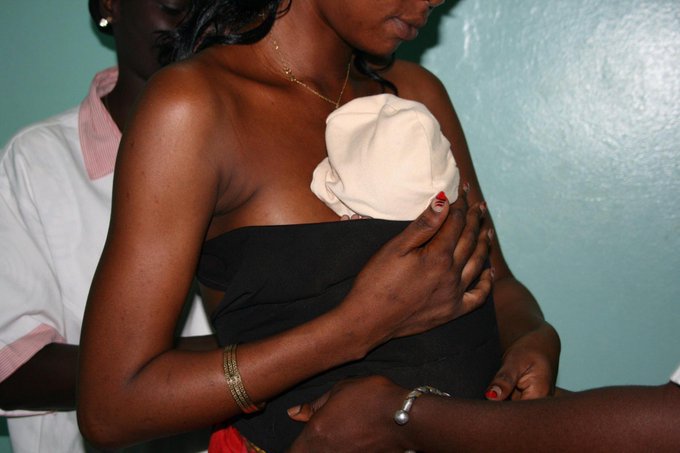WHO Recommends Immediate Kangaroo Mother Care For Preterm Babies

The World Health Organisation (WHO) has recommended immediate Kangaroo Mother Care (KMC) for preterm and underweight babies born across the world.
This strategy improves survival, lower infection rates, reduces hypothermia and better feeding for such babies, the Organisation says.
The recommendation was based on a study by WHO and its external investigators which found that immediate KMC reduces the risk of sepsis- an extreme response to an infection- among preterm babies.
The study found that the care which combines exclusive breastfeeding reduces suspected sepsis by 18%, sepsis-related deaths by 36%, and overall deaths by 25%.
It was conducted in five Newborn Intensive Care Units (NICUs) in Ghana, India, Malawi, Nigeria, and Tanzania, in newborns with birth weight ranging from 1 to 1.8 kg and compared outcomes for babies where KMC was initiated immediately after birth to babies who received conventional care in a warmer or incubator followed by KMC only once clinical stabilization was achieved.
“The analysis adds to mounting evidence showing the incredible benefits of immediate KMC for small and preterm babies, including improved survival, lower infection rates, reduced hypothermia and better feeding,” WHO has noted.
It has therefore recommended the care for pre-terms.
“For all preterm or low birthweight babies – including babies that are very small or sick – WHO now recommends starting KMC as soon as possible after birth. For many health facilities, this will require a fundamental change in the way neonatal care is provided to ensure families and small babies can stay together, without any period of separation.
“While data on blood culture was limited, the analysis also provided a promising indication that bacterial isolates might be different among those babies receiving immediate KMC compared to those getting conventional care in an incubator or a radiant warmer. Of note, the former had fewer gram-negative bacteria, that are more likely to be drug-resistant, which could help explain lower mortality rates. More research is needed, however, to confirm this part of the analysis.”








